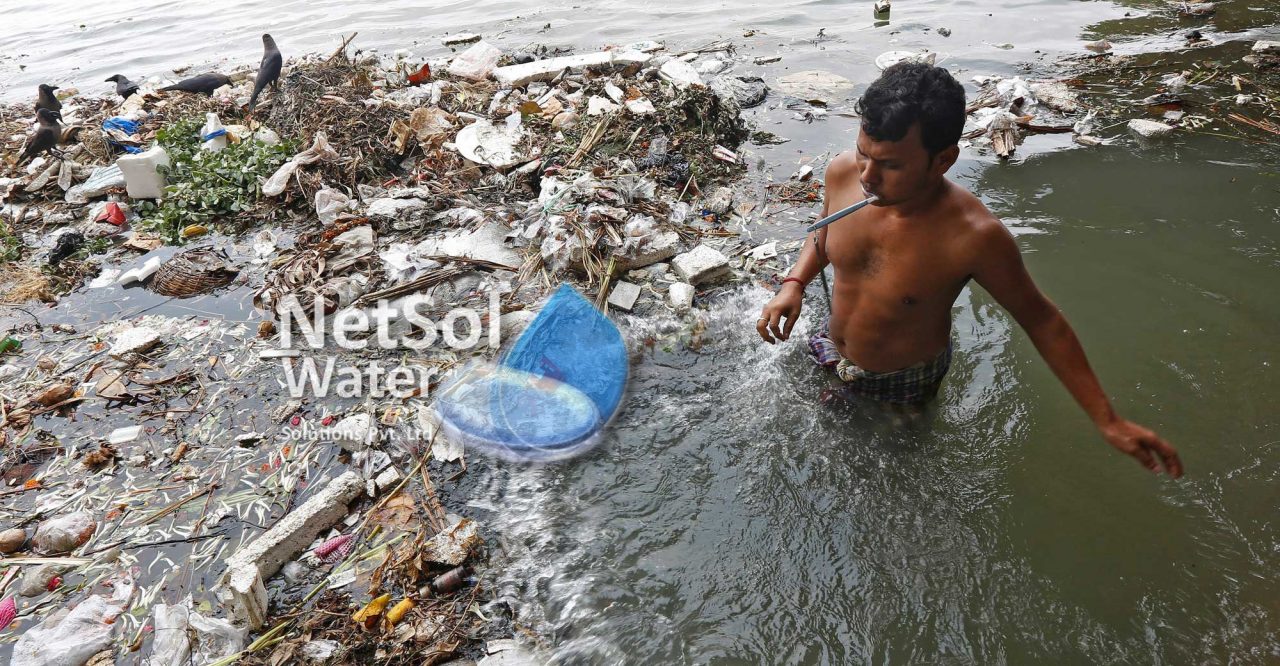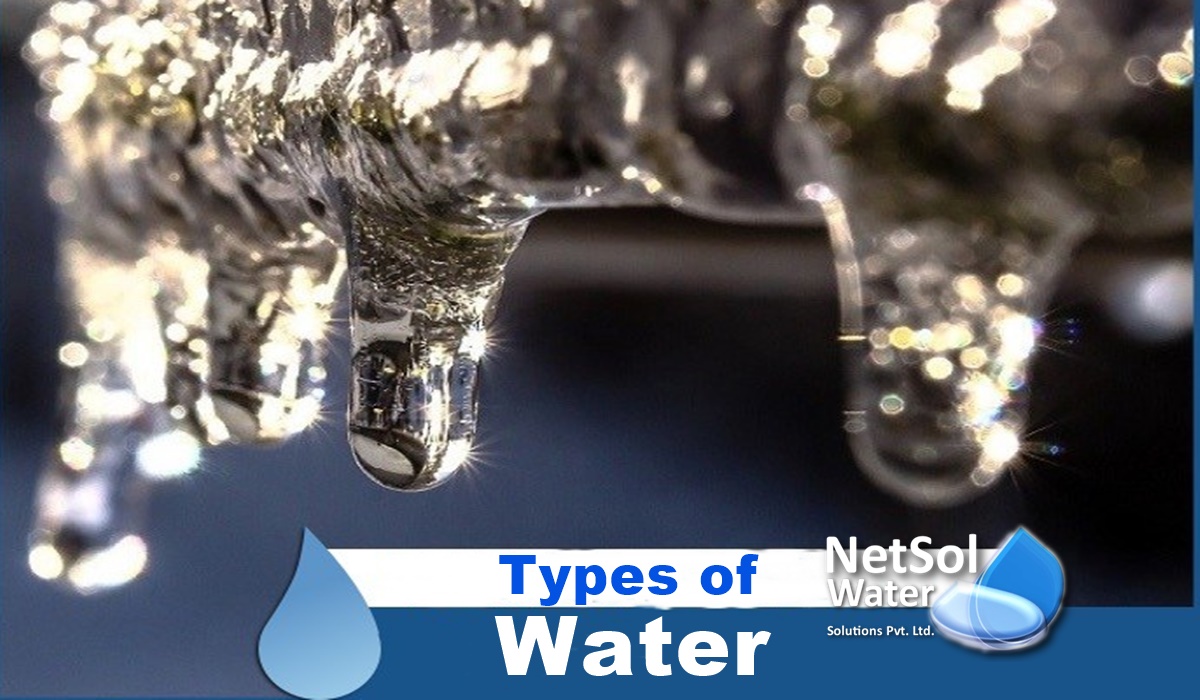Why Consider Water Reuse in Your Plant?
Water scarcity affects industries worldwide. Plant operations need substantial water for processes like cooling systems, manufacturing operations and facility maintenance. This makes water management a key factor for sustainable plant operations. Water reuse offers a practical solution to address these challenges. By implementing water reuse strategies, plants can maintain production levels while protecting natural resources. The concept involves treating used water to appropriate quality standards and then redirecting it for suitable applications within the facility. This approach not only ensures continuous water availability but also demonstrates environmental responsibility. Water reuse helps plants adapt to increasing water stress maintains operational stability and supports long-term business growth. The following sections explore the main benefits technical aspects and implementation strategies of water reuse systems in industrial plants.
Economic Benefits of Water Reuse
Water reuse brings significant financial advantages to plant operations. This approach transforms water from a single-use resource into a multi-use asset. Let us examine the economic aspects that make water reuse an attractive option for industrial facilities.
1. Lower Operating Costs: Plants that implement water reuse systems see immediate reductions in water utility bills. The initial investment in treatment systems pays off through decreased monthly water expenses. A manufacturing plant using 1 million gallons per month can save up to 40% on water costs through reuse programs.
2. Reduced Wastewater Treatment Expenses: Water reuse decreases the volume of wastewater that requires treatment. This leads to lower wastewater handling costs. Treatment facilities process less water which extends equipment life and decreases maintenance needs.
3. Long-term Financial Planning: Water reuse provides predictable water costs. This helps plants create accurate budgets and financial forecasts. The stable water supply through reuse systems protects operations from price fluctuations in municipal water rates.
Environmental Impact and Sustainability
Water reuse represents a crucial step toward environmental protection. This practice aligns industrial operations with sustainability goals. Let us explore how water reuse contributes to environmental preservation.
- Ecosystem Protection: Industrial water reuse decreases pressure on natural water sources. Rivers lakes and groundwater systems benefit when plants draw less fresh water. Local ecosystems maintain better health through reduced industrial water demand.
- Carbon Footprint Reduction: Water reuse systems decrease energy use in plant operations. Less pumping and treatment of fresh water leads to lower power consumption. This translates into reduced carbon emissions from plant activities.
- Regulatory Compliance: Environmental regulations continue to emphasize water conservation. Water reuse helps plants stay ahead of regulatory requirements. This proactive approach prevents potential compliance issues and associated penalties.
Technical Solutions and Implementation
The success of water reuse programs depends on proper technical execution. Modern treatment technologies make water reuse practical and efficient. Let us examine the technical aspects of implementing water reuse systems.
A. Water Quality Assessment: Each plant needs specific water quality levels for different processes. Technical teams analyze water requirements for each application. This assessment guides the selection of appropriate treatment methods.
B. Treatment Technologies: Modern water treatment systems use advanced filtration methods. Membrane systems reverse osmosis and UV disinfection ensure water meets quality standards. These technologies adapt to varying water quality needs throughout the plant.
C. Monitoring Systems: Automated monitoring ensures consistent water quality. Real-time sensors track water parameters throughout the treatment process. This monitoring prevents quality issues and maintains system efficiency.
Take Action for Better Water Treatment:
Transform your plant operations through water reuse. Our team provides customized water reuse solutions for industrial facilities. Contact us today to learn how water reuse can benefit your plant. Schedule a consultation to discuss your specific water management needs.
To explore customised commercial RO plants, Industrial RO plants, Effluent Treatment Plant or Sewage Treatment Plant solutions for your needs in your areas and nearby regions, Contact Sewage Treatment Plants at:
Phone: +91-965-060-8473
Email: enquiry@netsolwater.com







